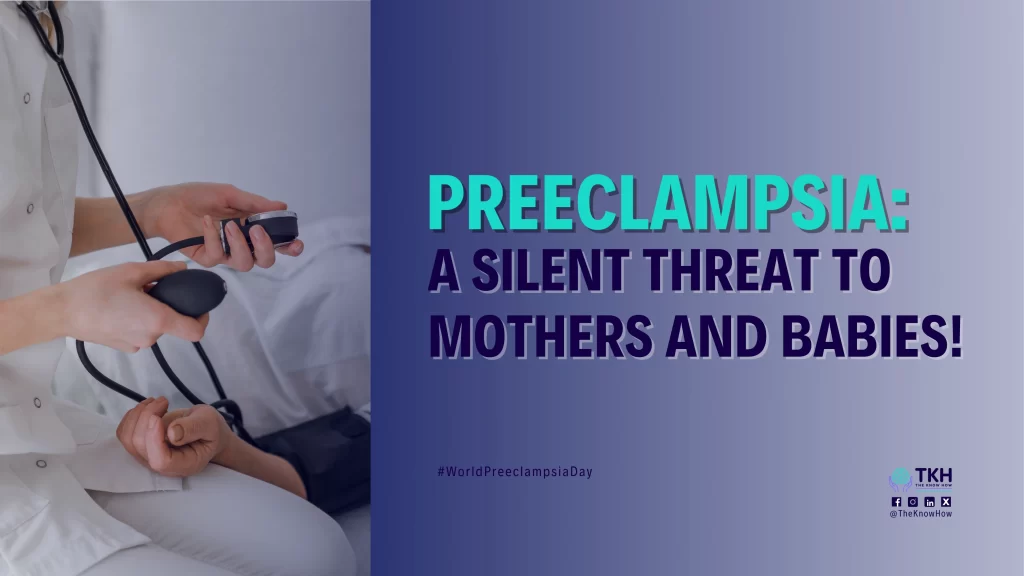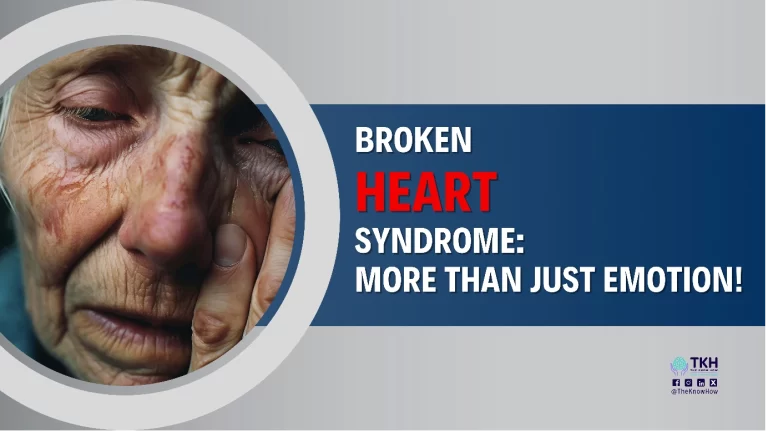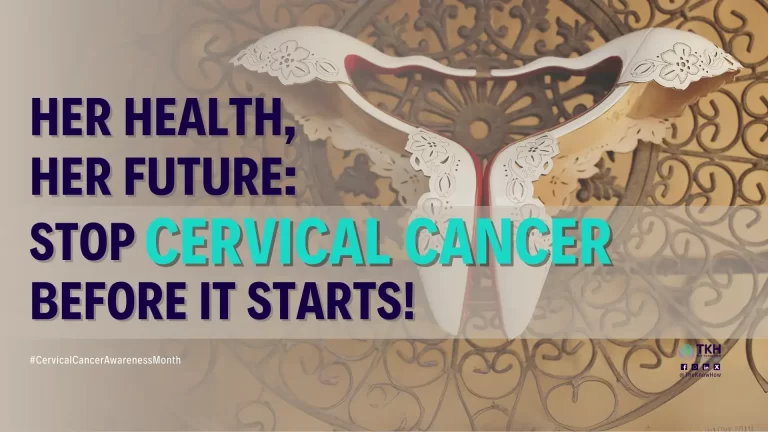
Every year, World Preeclampsia Day raises awareness about a silent but dangerous condition affecting pregnant individuals—preeclampsia. Let’s shine a light on this global health issue.
Preeclampsia: A Silent Threat to Mothers and Babies!
May 22nd marks World Preeclampsia Day, a vital reminder of the dangers of this high blood pressure disorder during pregnancy.
Preeclampsia is a frequent pregnancy complication that can have serious, even life-threatening effects on both the mother and her baby. In low-resource settings, it remains the primary cause of maternal mortality. Meanwhile, in high-income countries, preeclampsia is a leading reason for medically induced preterm births, in a significant factor in the rising healthcare costs linked to managing premature infants, affecting millions of women and infants every year.
Preeclampsia is a global health concern, affecting between 2% and 8% of pregnancies worldwide. Each year, it leads to an estimated 46,000 maternal deaths and approximately 500,000 fetal or newborn deaths globally.
The burden of preeclampsia and its severe complication, eclampsia, is particularly significant in low- and middle-income countries, where these conditions contribute to around 10% of maternal deaths in Asia and Africa, and up to 25% in Latin America.
What is Preeclampsia?
Preeclampsia is a pregnancy-specific condition characterized primarily by high blood pressure, often accompanied by protein in the urine (proteinuria). It usually occurs after the 20th week of pregnancy and can progress rapidly if not carefully managed.
In more severe cases, symptoms can include intense headaches, visual changes (such as blurred vision or seeing spots), and pain in the upper abdomen.
Signs and Symptoms:
Common symptoms of preeclampsia include:
Elevated blood pressure
Protein in urine
Severe headaches
Blurred vision or sensitivity to light
Swelling in the hands, feet, or face
Abdominal pain, especially in the upper right side
Not all symptoms may appear at once, and some women may have no symptoms, underscoring the importance of routine prenatal monitoring.
Preeclampsia: Risks, Causes, and Complications
Certain factors can increase the likelihood of developing preeclampsia. These include:
First-time pregnancy
Multiple pregnancies (twins, triplets, etc.)
Obesity
Pre-existing conditions such as chronic hypertension, diabetes, or kidney disease
Family history of preeclampsia
If left untreated, preeclampsia can lead to severe complications such as:
Eclampsia (seizures)
Stroke
Organ damage (especially to the liver and kidneys)
Placental abruption
Preterm birth or stillbirth
Long-term cardiovascular disease in the mother
Preeclampsia: Prevention and Management:
While preeclampsia cannot always be prevented, early diagnosis and proper prenatal care significantly reduce risks. Key measures include:
Regular prenatal visits and blood pressure monitoring
Urine testing for protein levels
Monitoring fetal growth and well-being
Identifying and managing risk factors such as obesity, diabetes, or a history of hypertension
In the UAE, national maternal health programs emphasize early screening and management of preeclampsia to reduce maternal and neonatal mortality. The country continues to invest in maternal health infrastructure, education, and research in line with global best practices.
Preeclampsia is a serious and life-threatening condition, but it is also manageable with the right care.
This World Preeclampsia Day let’s raise awareness and support early screening for every pregnant woman—because timely intervention can save lives.
Your Health Matters!
Stay informed and follow our blog contributions for more health information!
A contribution by Dr. Habab Basheir Elgamer,
Reaching the Last Child – Together We End Polio Forever
World Arthritis Day – Understanding, Preventing, and Managing Joint Pain
World Mental Health Day 2025: When Crises Strike, Mental Health Must Not Be Left Behind
Memorable Cardiology Quotes
Don’t Miss a Beat: Protect your heart!
Polycystic Ovary Syndome (PCOS): Know the signs, take action!
Rare Genetic Disorder: Awareness, Diagnosis & Support
Spinal Muscular Atrophy (SMA): Understanding a Genetic Disorder!
Psoriasis Awareness Month – Sensibilisation et Solutions!
Related Posts
- World Health Day 2024 - My Health, My Right!
This year’s WorldHealthDay theme was chosen to advocate for everyone's right to have access to…
- World Asthma Day
The 2024 theme "Asthma Education Empowers" underlines the importance of understanding asthma triggers, symptoms, severity,…
- World Health Day 2024 - My Health, My Right!
This year’s WorldHealthDay theme was chosen to advocate for everyone's right to have access to…



